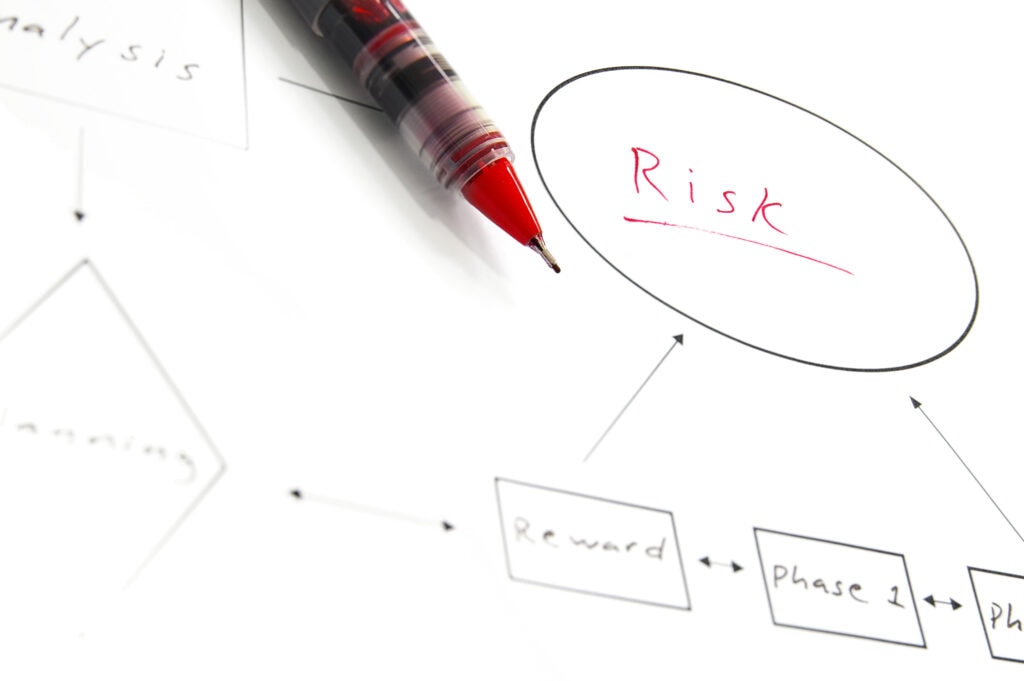If You Don’t Quantify Risk, COVID Didn’t Teach You Anything

No one would argue after the events of the past three years that supply chains aren’t broken. Wild discrepancies between supply and demand resulted in a crazy roller coaster effect that vacillated between too much inventory and empty shelves. Billions of dollars of goods sat for weeks or more on transatlantic barges while consumers cashed their stimulus checks, ready to spend.
Not only are supply chains broken, but they were actually designed to be fragile by optimizing them for low cost and acceptable service, while ignoring risk. And honestly, for the 25 or so years before COVID, that was working. Supply chains were for the most part reliable and predictable. Today that approach doesn’t fly.
Design Must Consider Risk
Not surprisingly, 69% of businesses fear losing 10% of their revenues due to ongoing supply chain disruptions. Yet shockingly, 60% of companies pay only marginal attention to risk reduction processes.
In 2023, if you make supply chain design decisions without considering risk, you haven’t learned much from the recent supply chain crises. To use a metaphor, you’re a baby gambler at a poker table.
On the other hand, suppose you quantify and measure risk and make intelligent decisions to take on risk—or not. Then you are James Bond in Casino Royale. You’re a professional risk taker.
There are plenty of vendors and technologies to react to risk day-to-day in the realm of planning and execution. Supply chain design is different: It evaluates strategic, systemic changes.
It’s about creating digital models of the future supply chain to test the impact and performance of multiple alternatives. Design gives you a proactive view of risk and the opportunity to make smarter strategic decisions that organically help mitigate or alleviate execution-related risks.
Traditional systems can trade off financial performance and service levels. What’s left out is systemic risk. Widening your lens to consider potential risks to your network allows decision-making that addresses both financial and resiliency business objectives.
Here are two examples of how a supply chain design system evaluates specific categories of risk.
Geographic risk. Geography can have a significant impact on risk. For example, a supplier’s or facility’s physical location can add risk related to the potential for natural disaster impacts from events like floods, droughts, extreme temperatures, or earthquakes. The distance from a customer, supplier, or facility to a nuclear power plant is another consideration at the design level.
You must also consider geographic risk in the context of economic resiliency, political stability, and the strength of local labor markets. Finally, design helps determine whether alternate, less geographically risky locations could provide the same or similar financial outcomes and service levels.
Network design risks. Design can also assess risks related to the network design or the policies governing the supply chain.
Factors like the number of sources servicing a customer or facility or the percentage of storage capacity used can significantly impact risk and should be considered in decision-making. When these risks are higher, modifying sourcing policies or reconsidering product flows could be beneficial.
We were all hit sideways by the disruption of the past few years. The question is: Will you learn from it and get better? If your design approach isn’t rating risk, your supply chain is simply not designed for resiliency.

